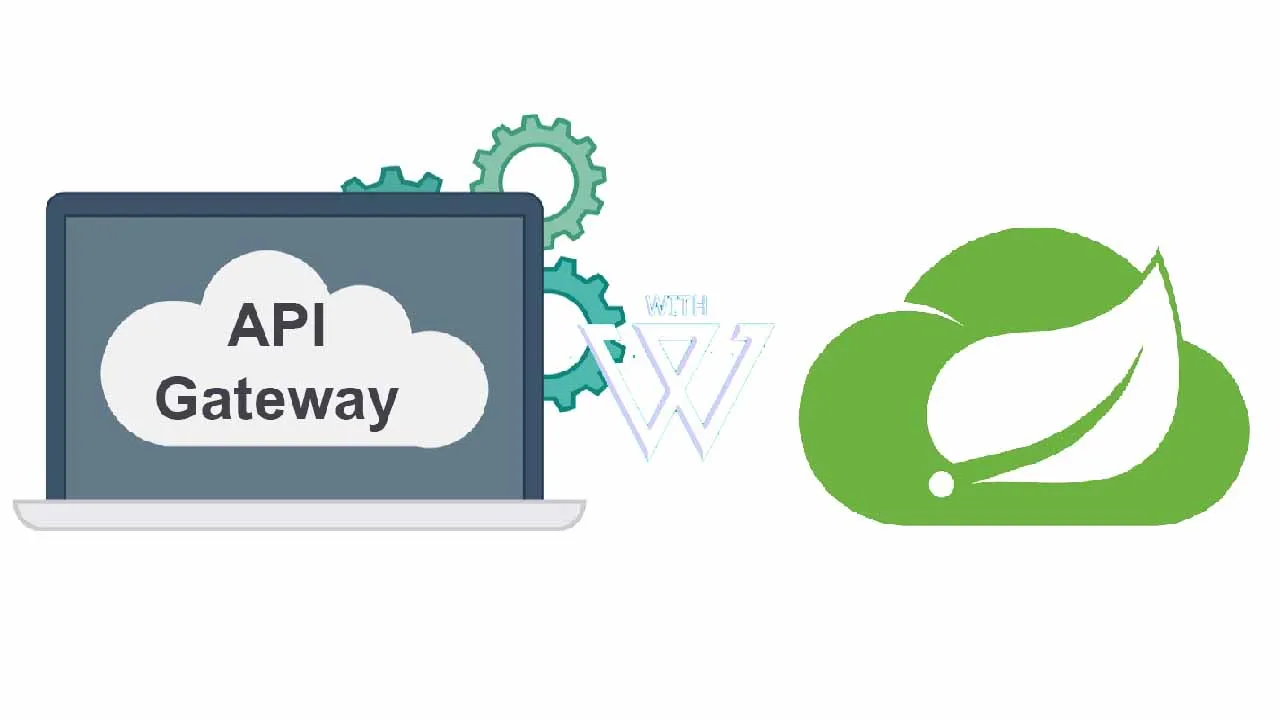In this post, I will show how we can use the API Gateway pattern with Spring Cloud. With microservice architecture becoming more and more useful, it has become equally complex how to handle calls to the microservices.
The purpose of microservices is to decouple the application into loosely coupled microservices that can interact with clients and with each other easily.
Importantly, the ease of development and deployment make microservices easier to design based on specific needs.
API Gateway Design Pattern
When the enterprise architecture scales, it becomes complicated with the number of microservices. Clients can directly call these microservices, but there are a few challenges
- Each client has to make a request to the exposed microservice API. In many cases, it might have to make multiple server round trips. As a result of this, it increases network latency.
- Every microservice has to implement common functionalities like authentication, logging, and authorization.
- It becomes harder to change microservice without affecting the client. In reality, the client doesn’t need to know microservice and its implementation behind.
To address these issues, the architecture now contains another layer between the client and the microservices. This is API Gateway.
API Gateway acts like a proxy that routes the request to the appropriate microservices and returns a response to the client. Microservices can also interact with each other through this Gateway.
#microservices #spring-boot #springcloudaws #spring-framework
